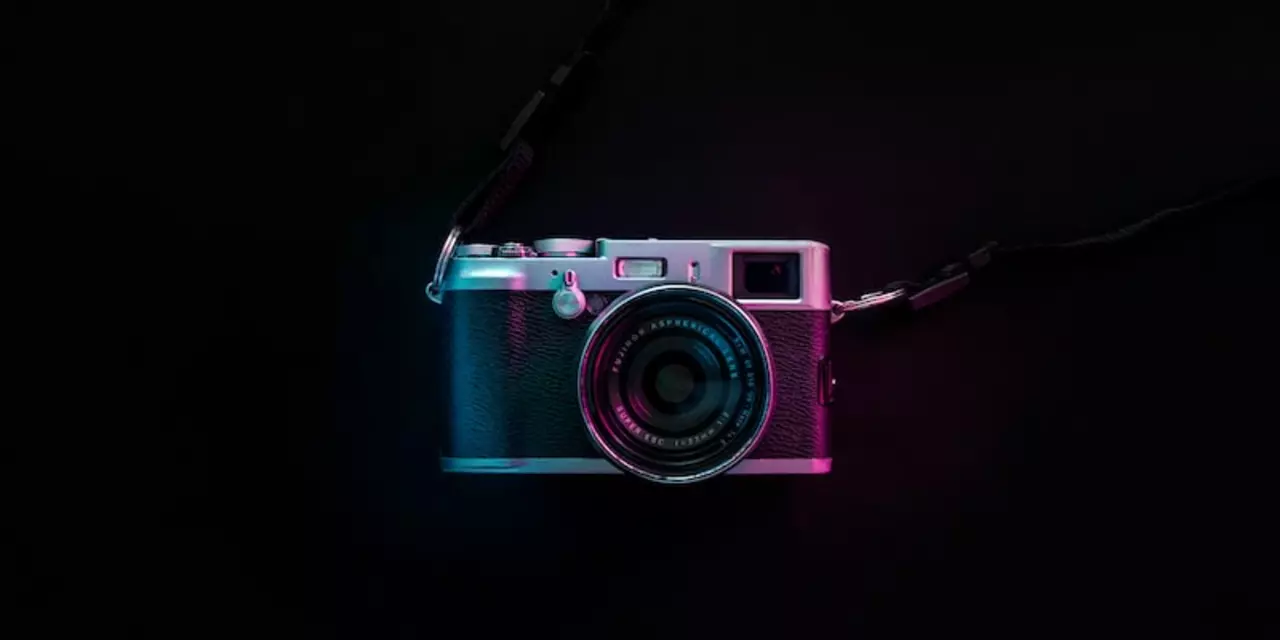Quad-Camera Guide: What It Is and How to Use It
If you’ve been scrolling through phone specs, you’ve probably seen the term “quad‑camera” pop up a lot. It sounds fancy, but the idea behind it is pretty simple: four separate lenses on the back of a phone work together to capture more detail, color, and depth. In this guide we’ll break down the basics, show you why it can be useful, and give you practical tips to get the most out of a quad‑camera phone.
What Is a Quad‑Camera?
A quad‑camera system combines four distinct sensors, each designed for a specific job. Typical setups include:
- Main sensor: The primary lens, usually the highest‑resolution one for everyday shots.
- Ultra‑wide lens: Captures a much larger scene, perfect for landscapes or group photos.
- Telephoto lens: Lets you zoom in without losing too much detail, great for portraits.
- Depth or macro sensor: Helps create background blur (bokeh) or captures tiny subjects up close.
Because each lens has its own strength, the phone’s software can blend the data to produce sharper, more balanced images. That’s why a quad‑camera can handle low‑light, zoom, and wide‑angle shots better than a single‑lens phone.
Getting the Most Out of Your Quad‑Camera
Having four lenses doesn’t automatically make you a pro photographer. Here are some everyday tricks that boost the results:
- Pick the right mode: Most phones let you switch between standard, ultra‑wide, and telephoto with a tap. Use ultra‑wide for interiors or scenery, telephoto for portraits, and the main lens for most scenes.
- Use natural light: Even the best sensors struggle in dark rooms. Whenever possible, shoot near a window or outdoors to let the main sensor do its job.
- Tap to focus: Tapping the screen on your subject tells the phone which lens should lead the capture. This is especially useful for close‑up macro shots.
- Try portrait mode: The depth sensor creates a blurred background that makes subjects pop. Adjust the blur level after the shot to fine‑tune the effect.
- Keep the lens clean: Smudges are more noticeable on ultra‑wide and telephoto lenses. A quick wipe with a soft cloth saves you from blurry pictures.
When you edit, many apps let you pull details from each lens. For example, you can enhance the low‑light exposure from the main sensor while keeping the wide‑angle composition.
Finally, remember that software matters as much as hardware. Phones with strong AI processing often deliver better results because the AI decides how to blend the four feeds in real time.
In short, a quad‑camera gives you flexibility, but it still needs a steady hand and a bit of know‑how. Pick a phone with a balanced lens lineup, use the right mode for each scene, and pay attention to lighting. With those basics, you’ll notice clearer skies, sharper portraits, and more vivid group shots without needing a separate camera.

How good is the camera section of the Infinix Note 12 Pro?
The Infinix Note 12 Pro is a mid-range smartphone with an impressive camera section. It features a 64 MP quad-camera setup with a dedicated night mode and AI shot optimization, allowing users to take amazing shots in any lighting condition. Video recording is also supported, with the device being capable of capturing videos in 4K resolution at 30 fps. Additionally, the Infinix Note 12 Pro has a 16 MP selfie camera, which allows capturing great-looking selfies and video calls. Overall, the camera section of the Infinix Note 12 Pro is quite good for its price range and offers an excellent value for money.
- Sports (7)
- Legal News (2)
- Business (2)
- News and Media (1)
- Food Safety (1)
- Politics and Government (1)
- Travel and Food (1)
- Culture & Lifestyle (1)
- Politics & Government (1)
- Marketing (1)
-
Boost Your Course Sales with Teachable's Affiliate Program: Strategies for Success
24 May 2024 -
Pro Kabaddi League 2025 Kicks Off: Telugu Titans vs Tamil Thalaivas Open Season
24 Sep 2025 -
What are some of the good things about The Times of India?
29 Mar 2023 -
Narendra Modi not the only PM to also serve as CM?
30 Jul 2023 -
Asia Cup 2022: Full guide to teams, schedule, big moments, and how to watch
10 Sep 2025
23.01.23
Aarav Chatterjee
0